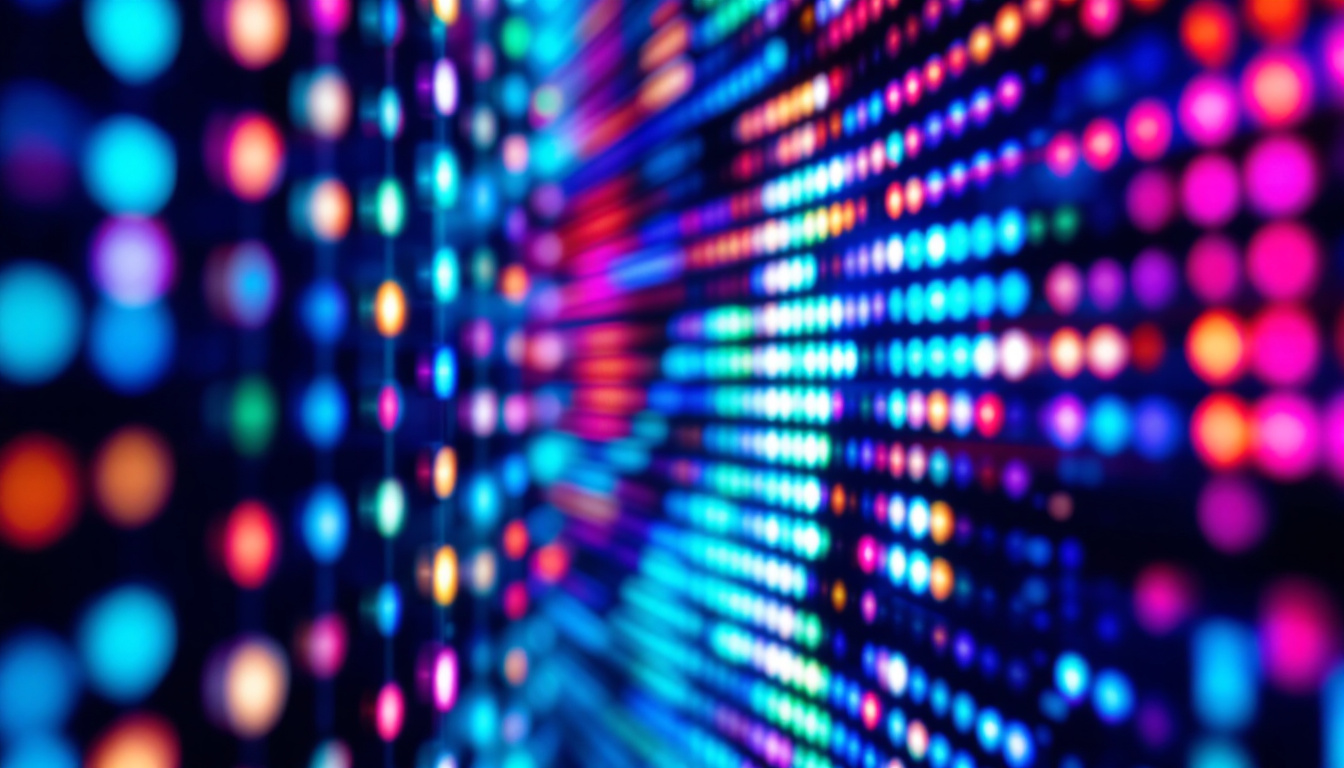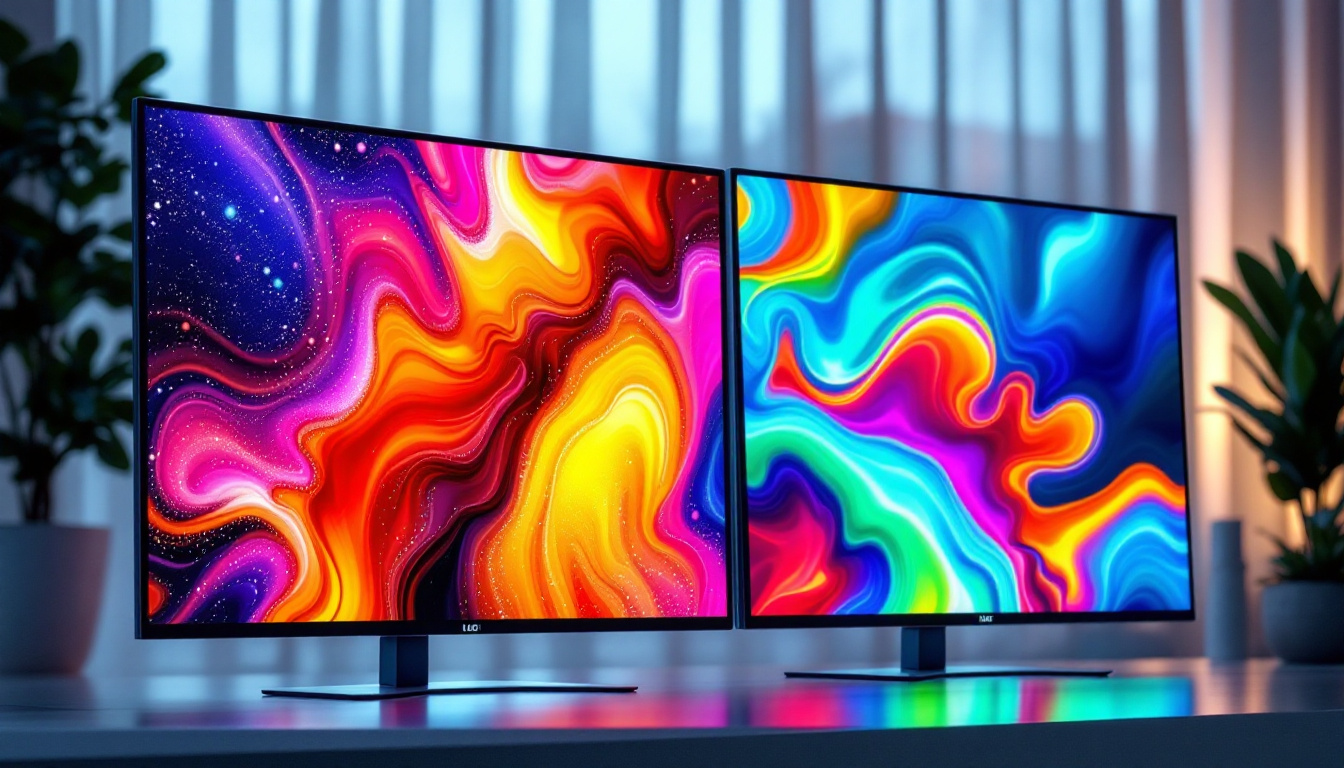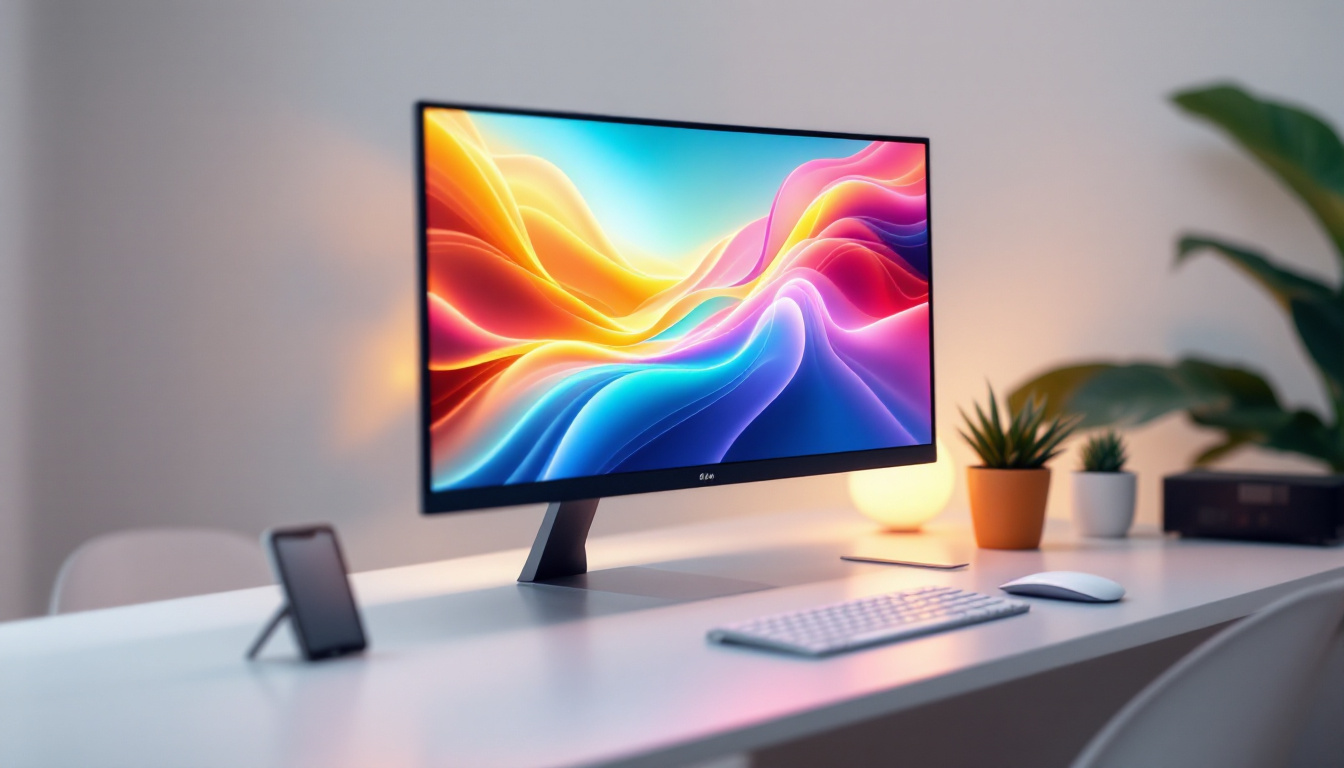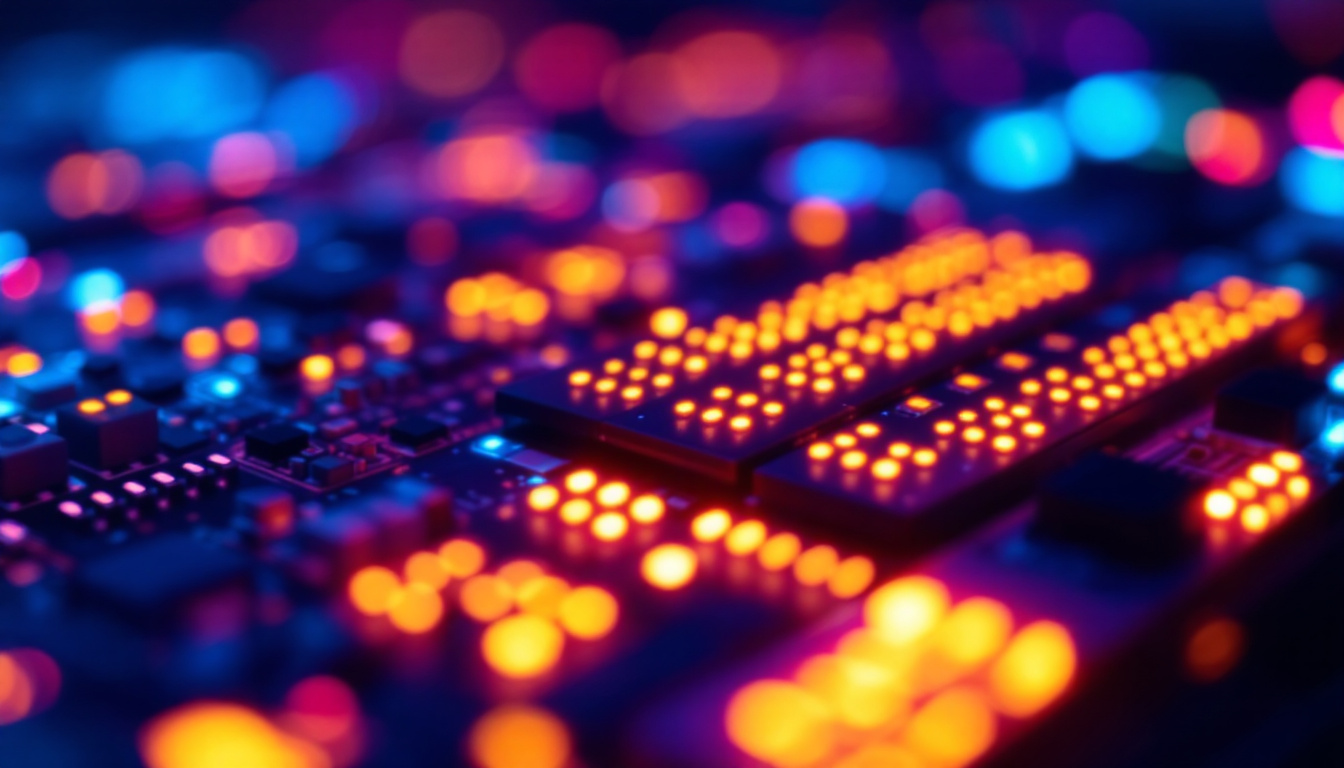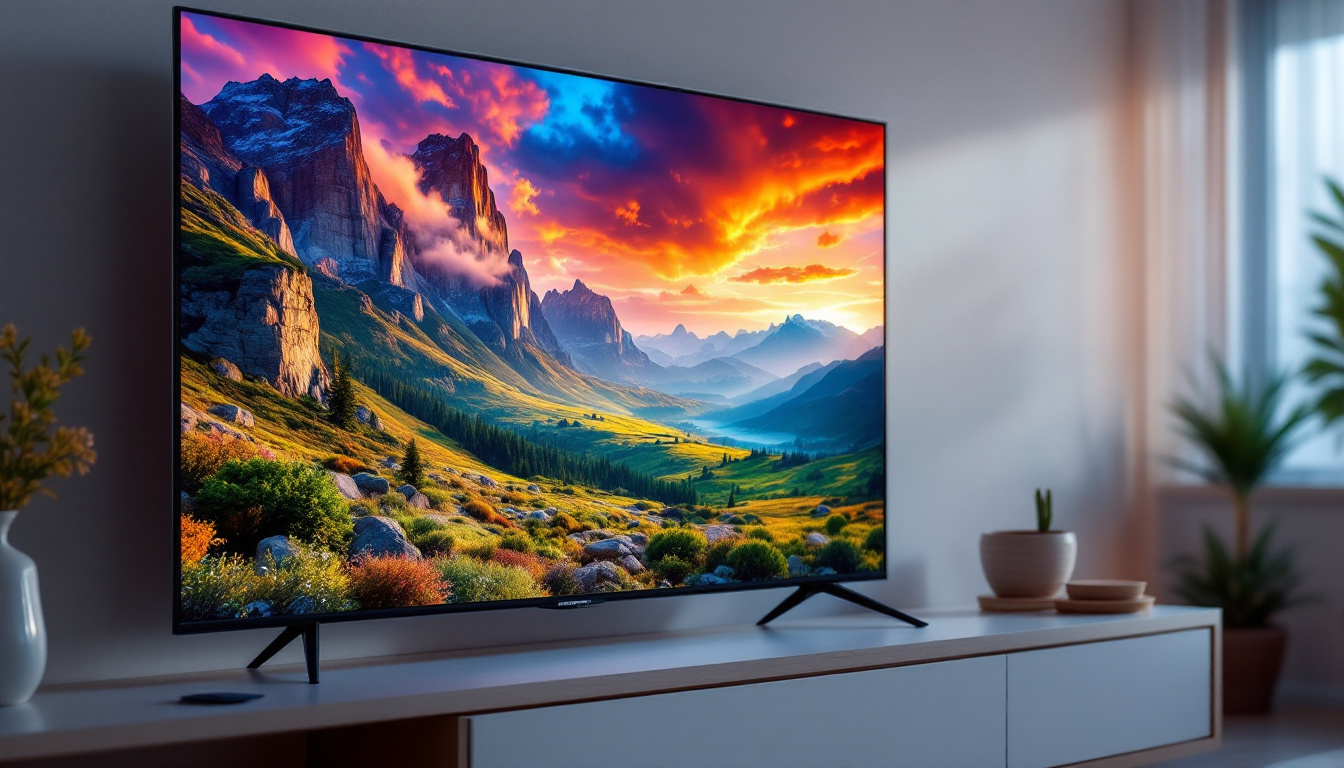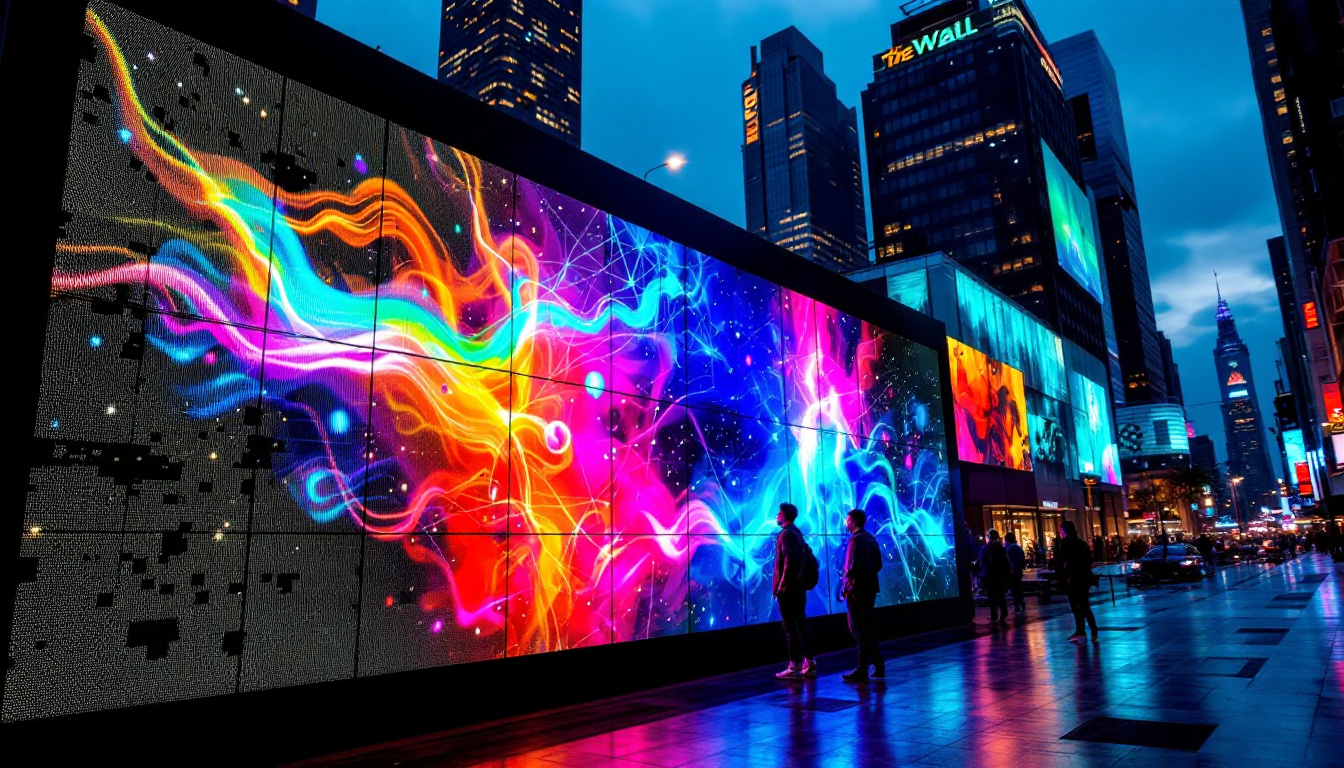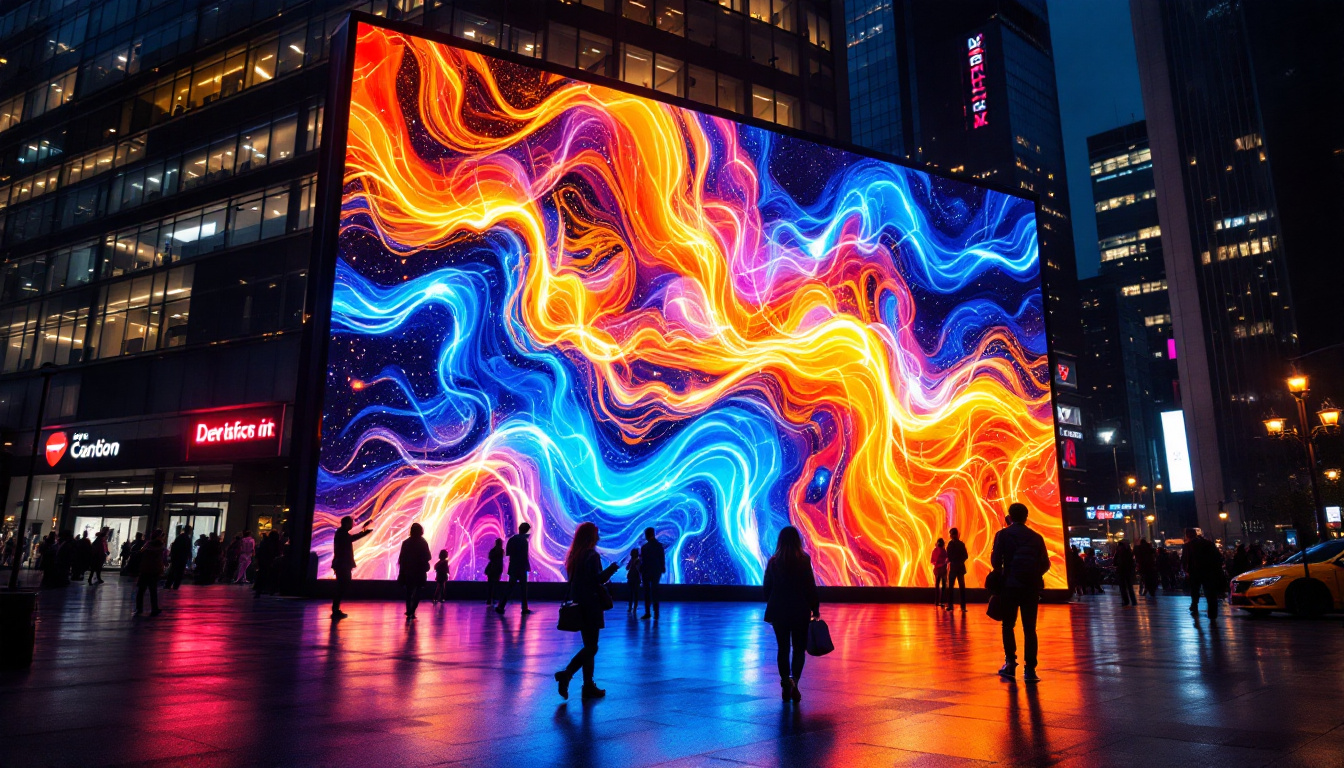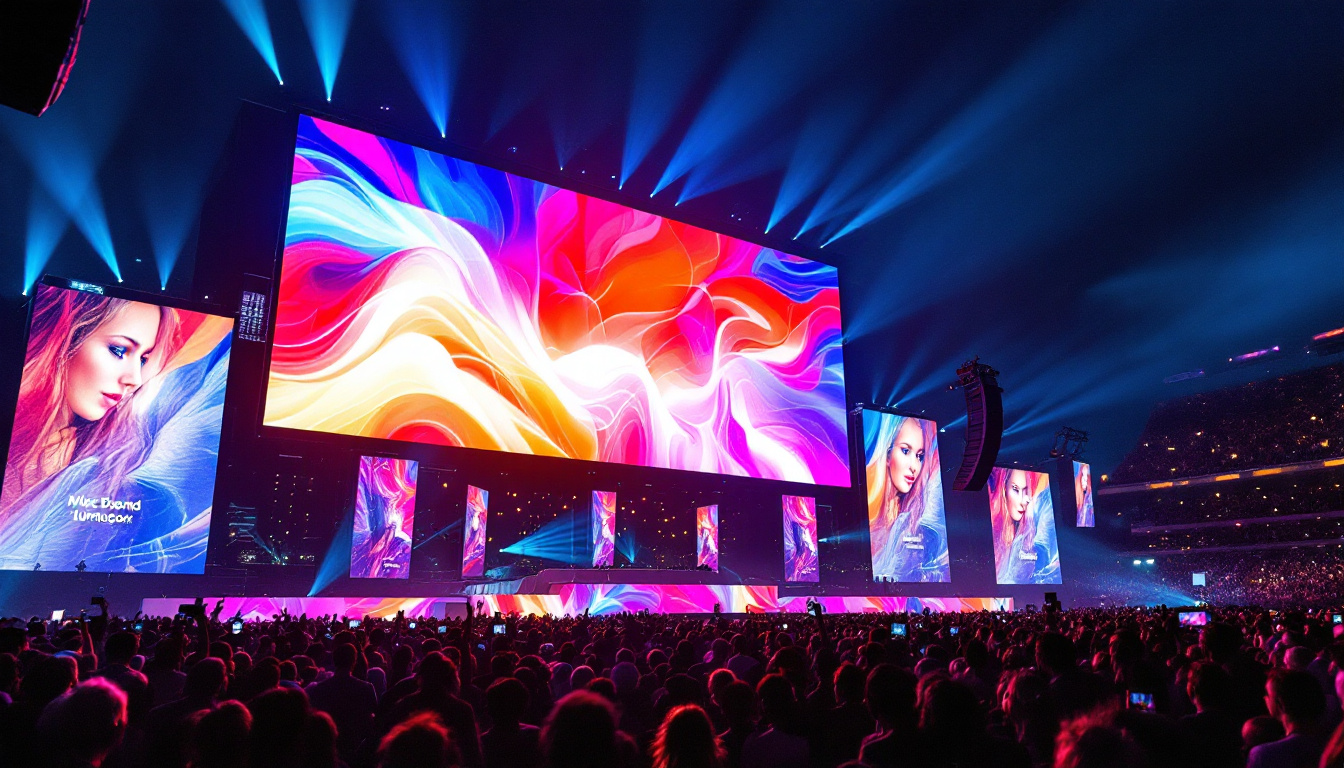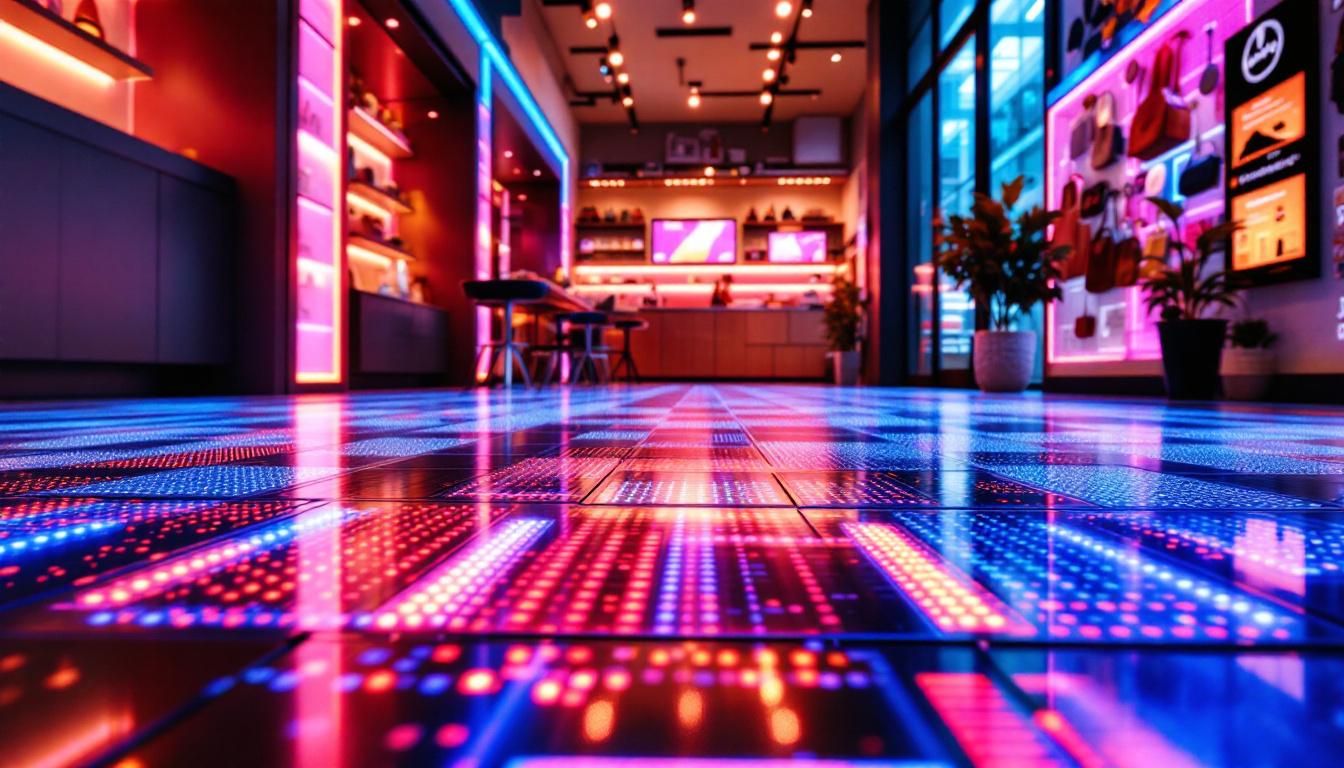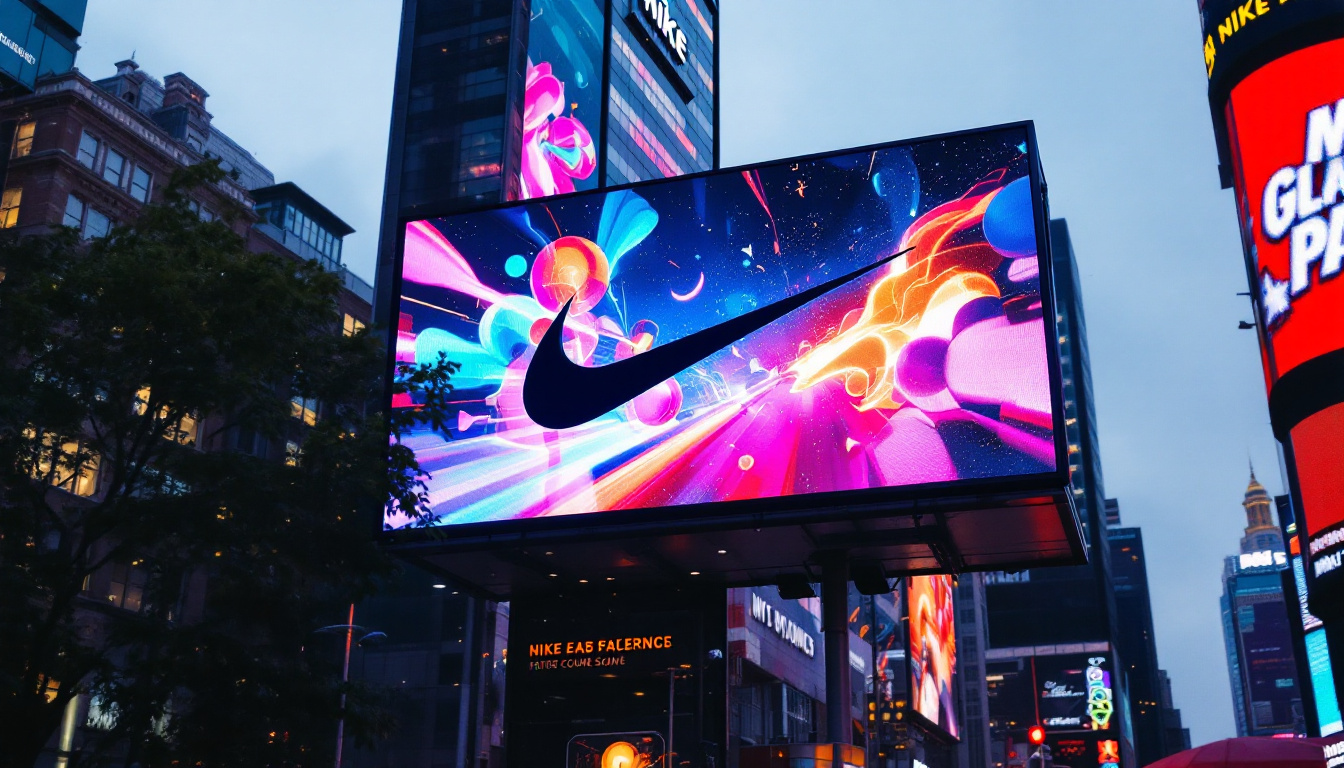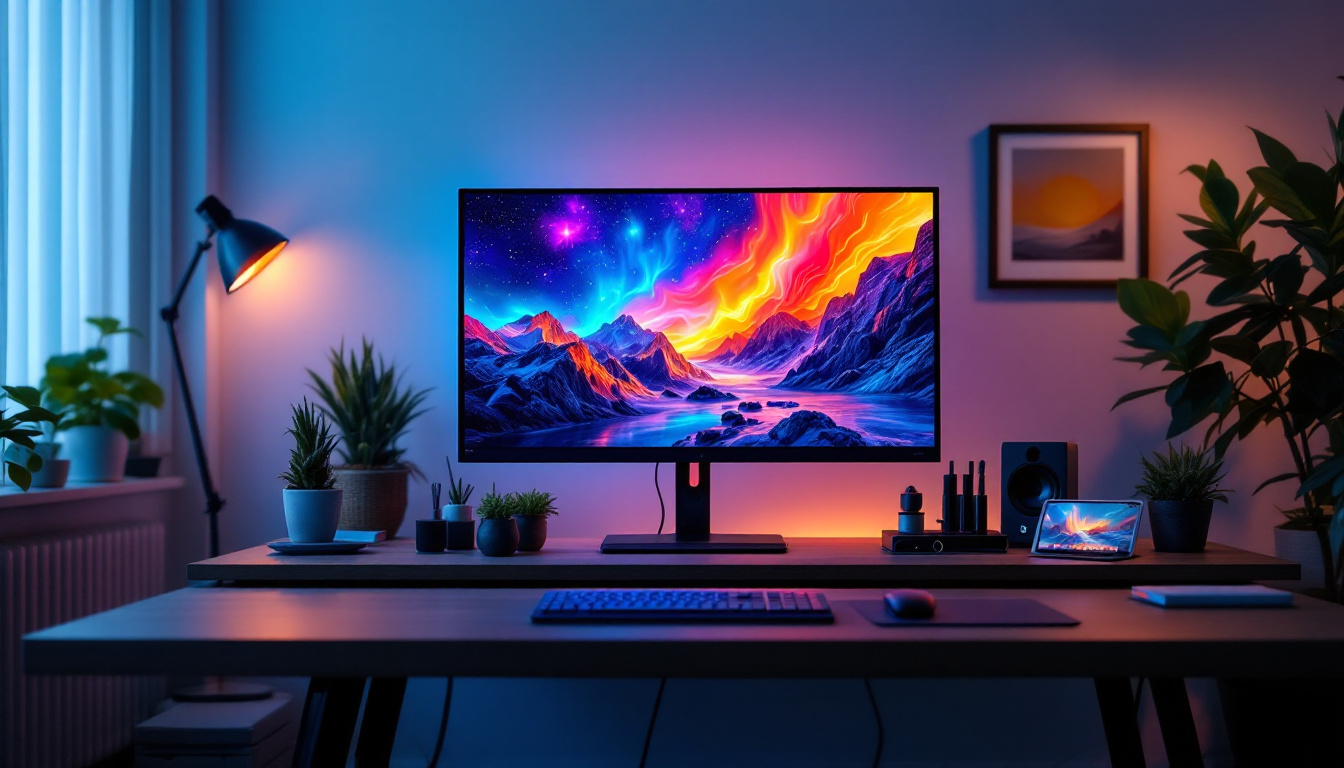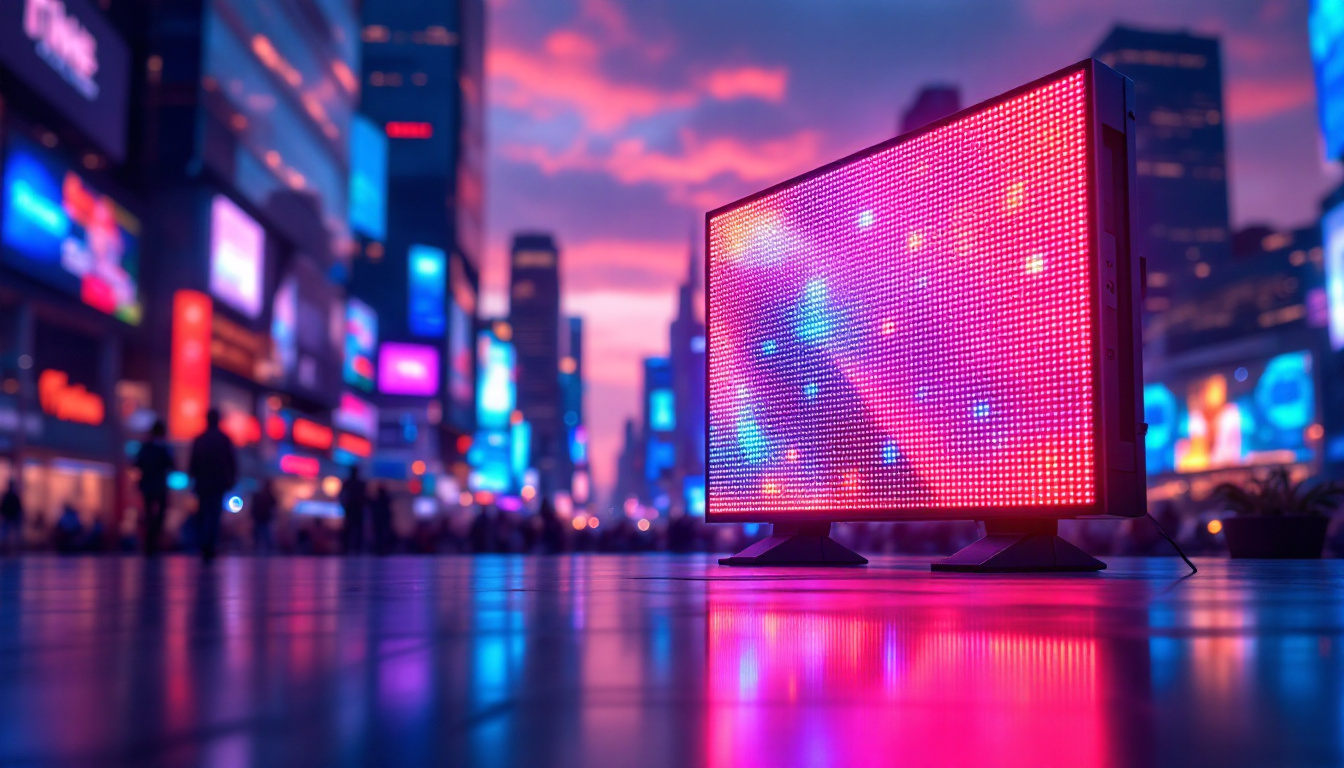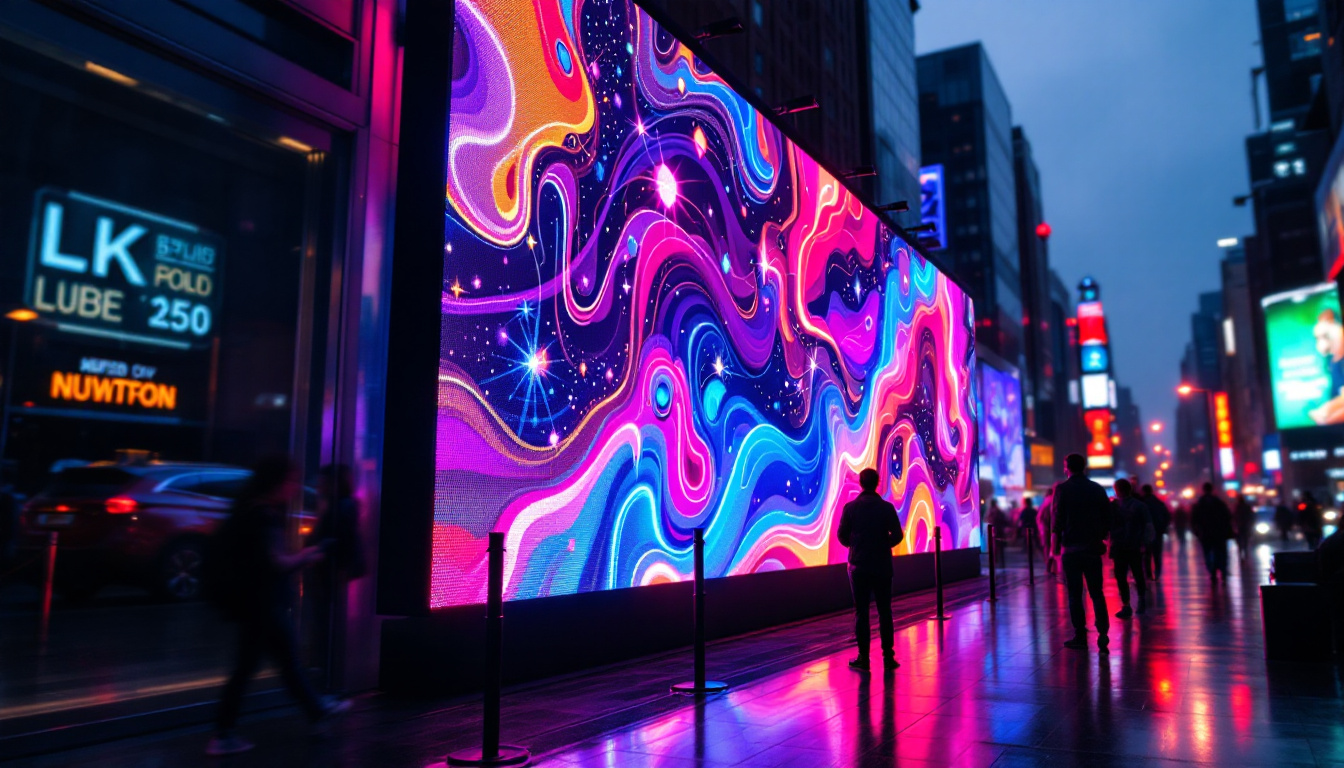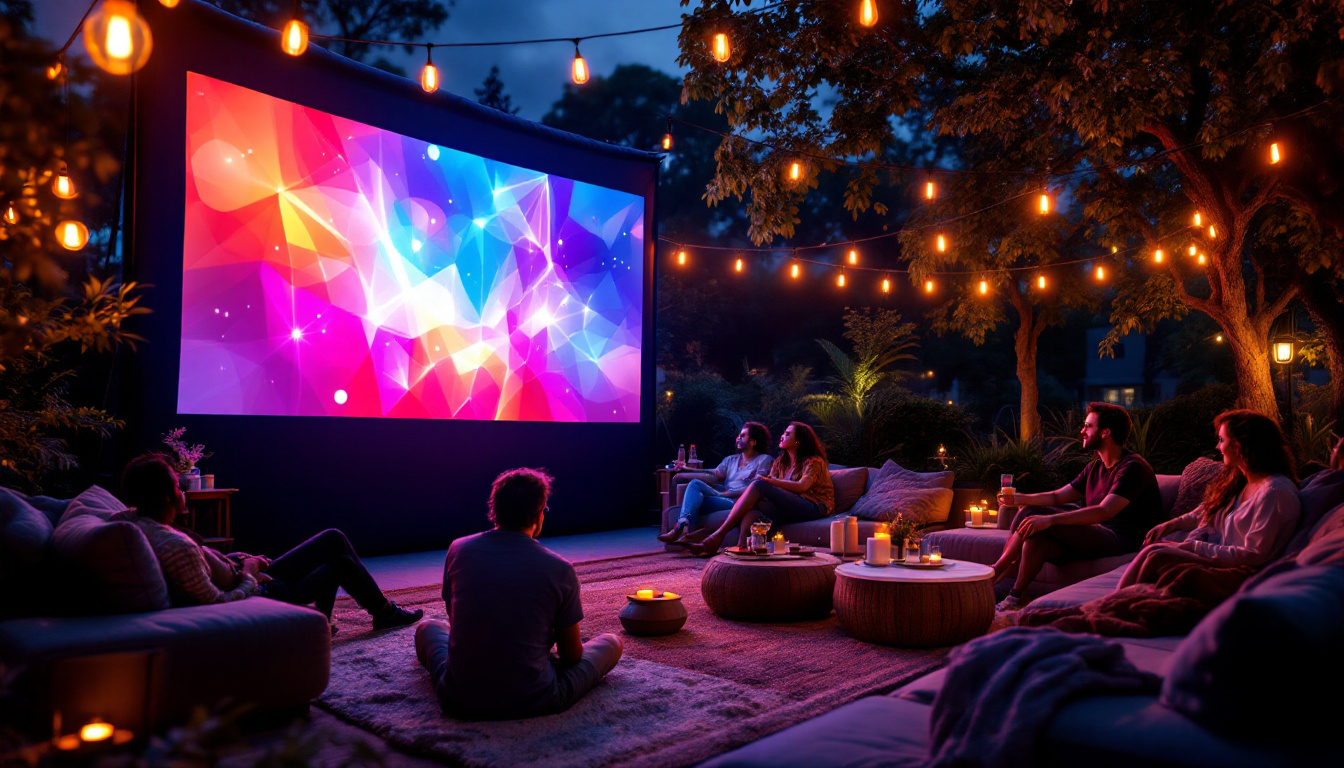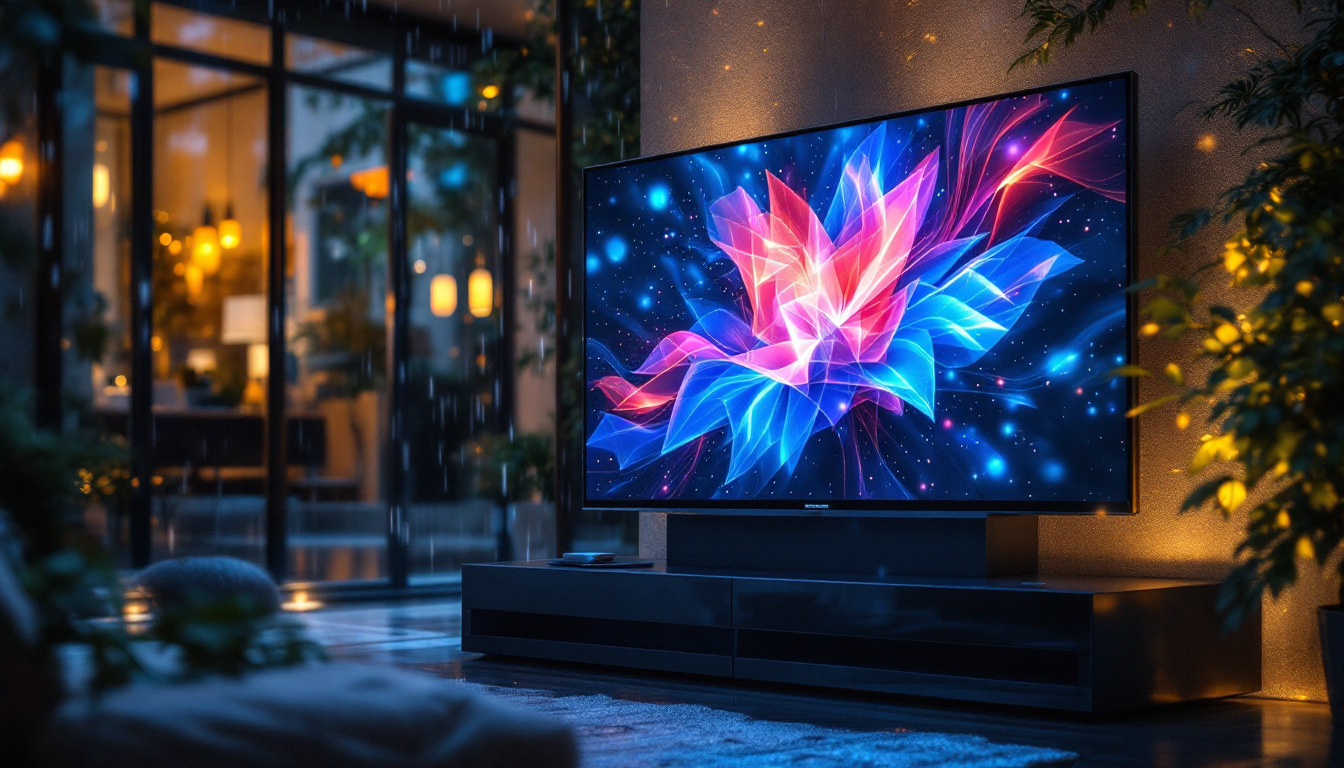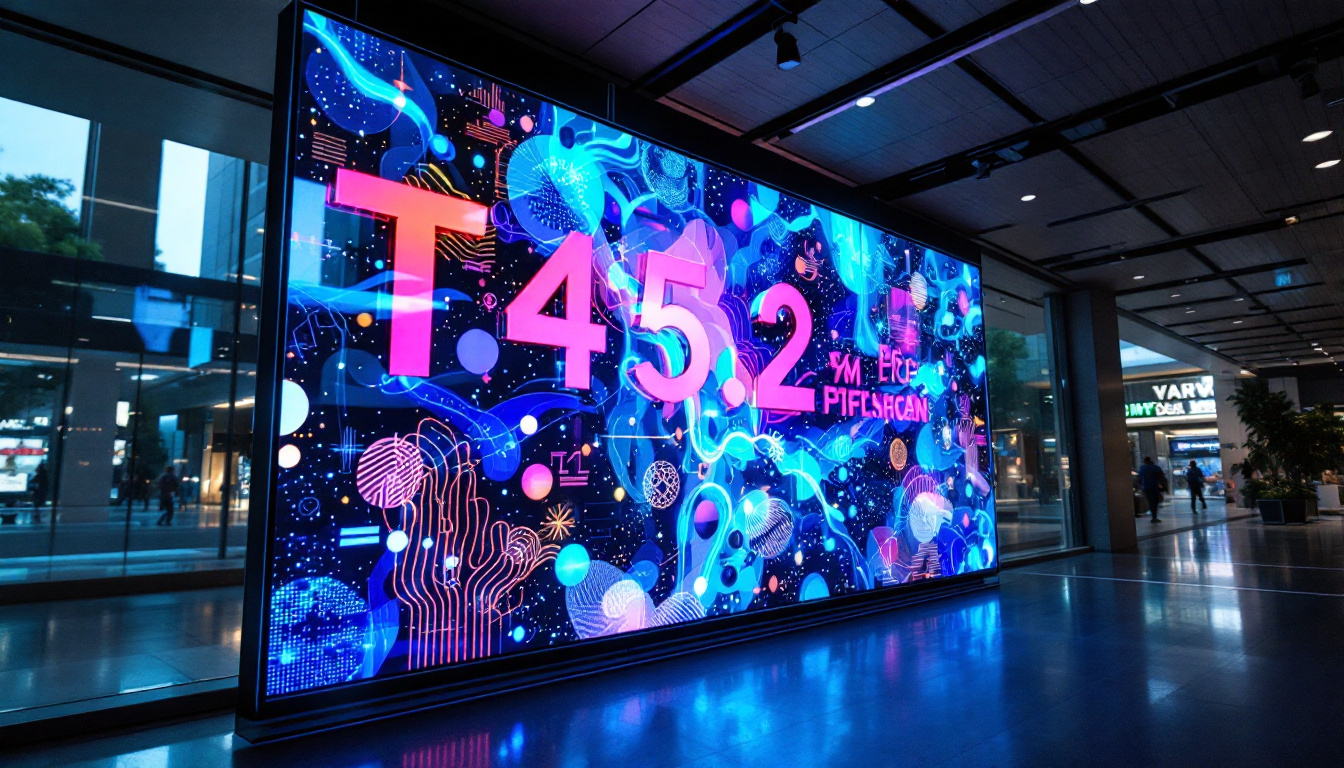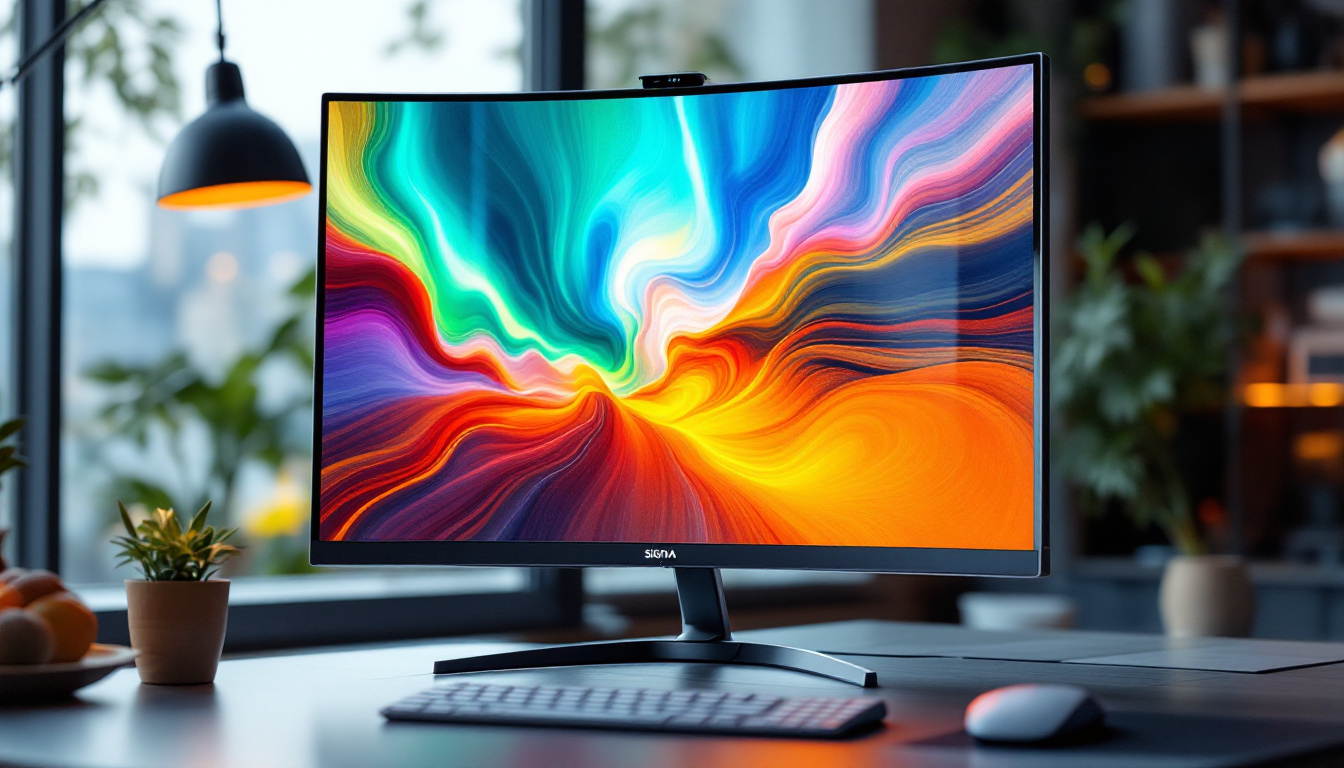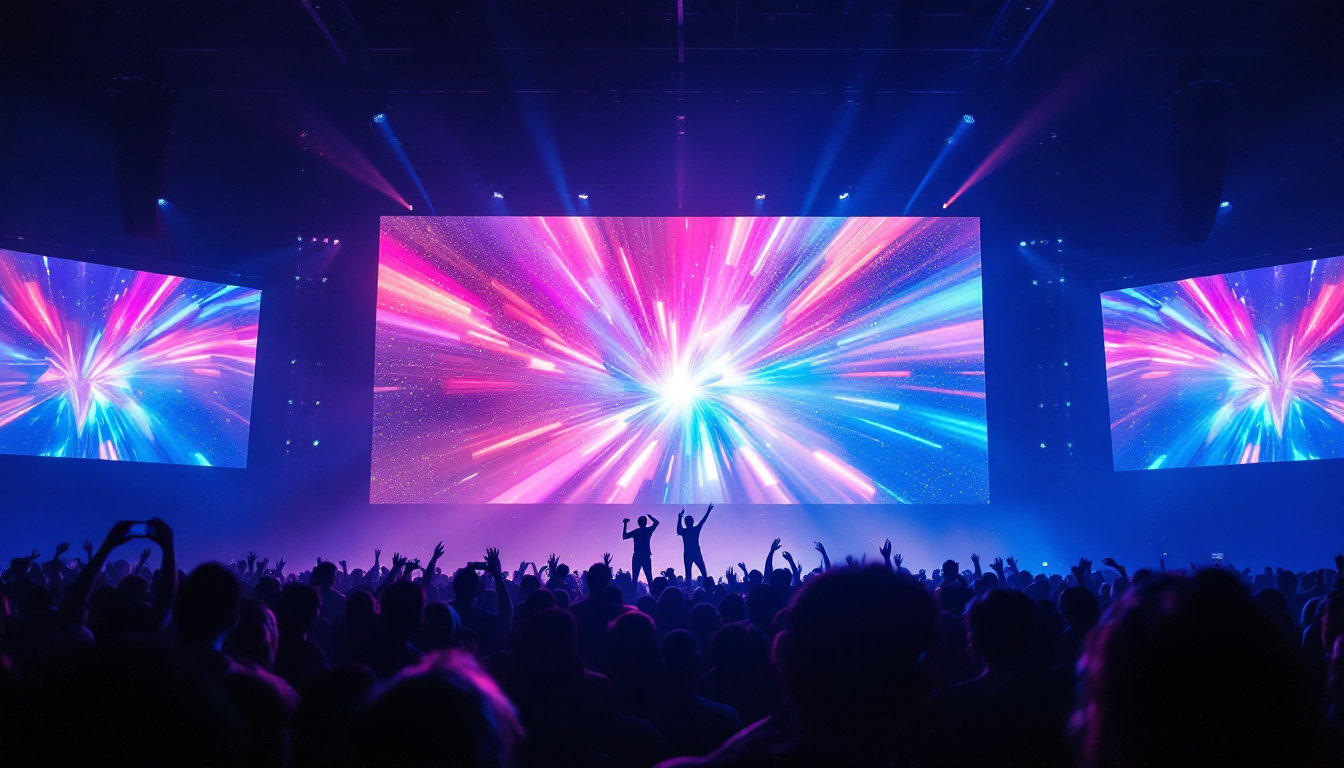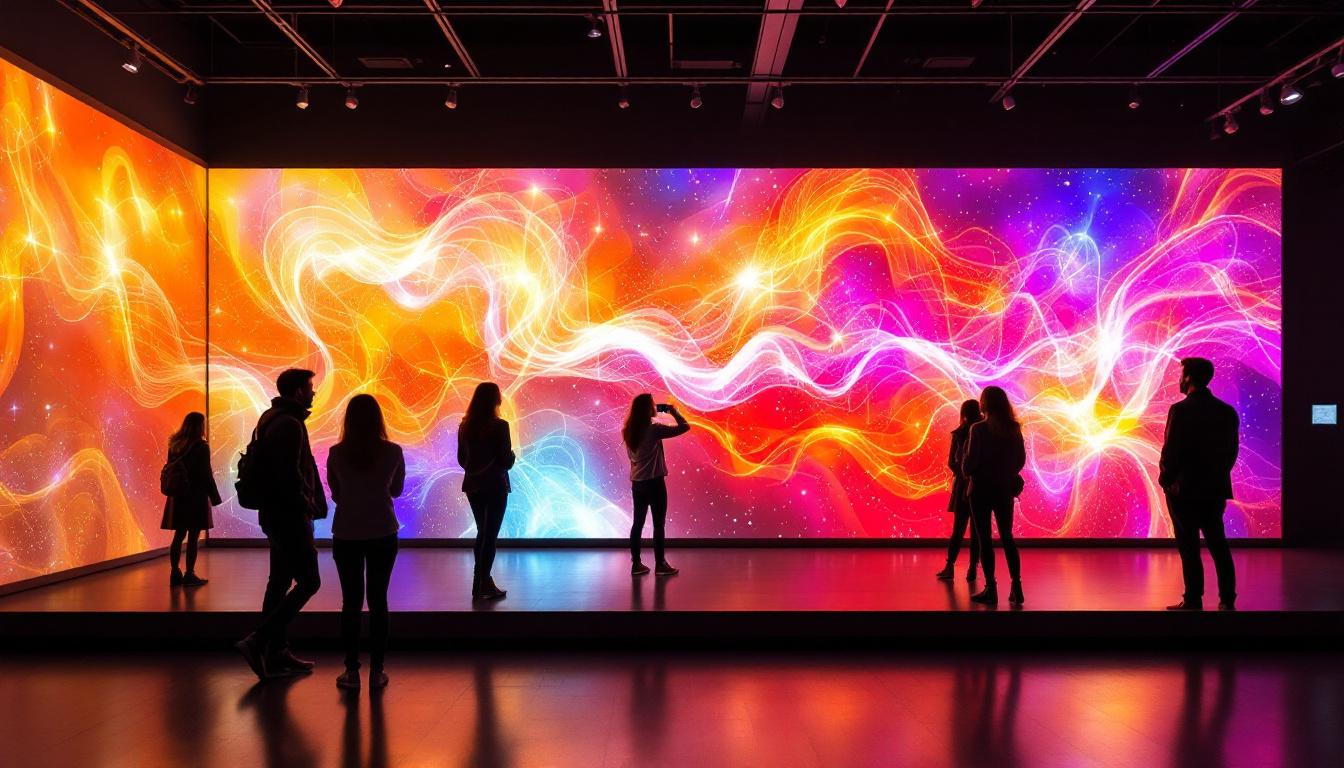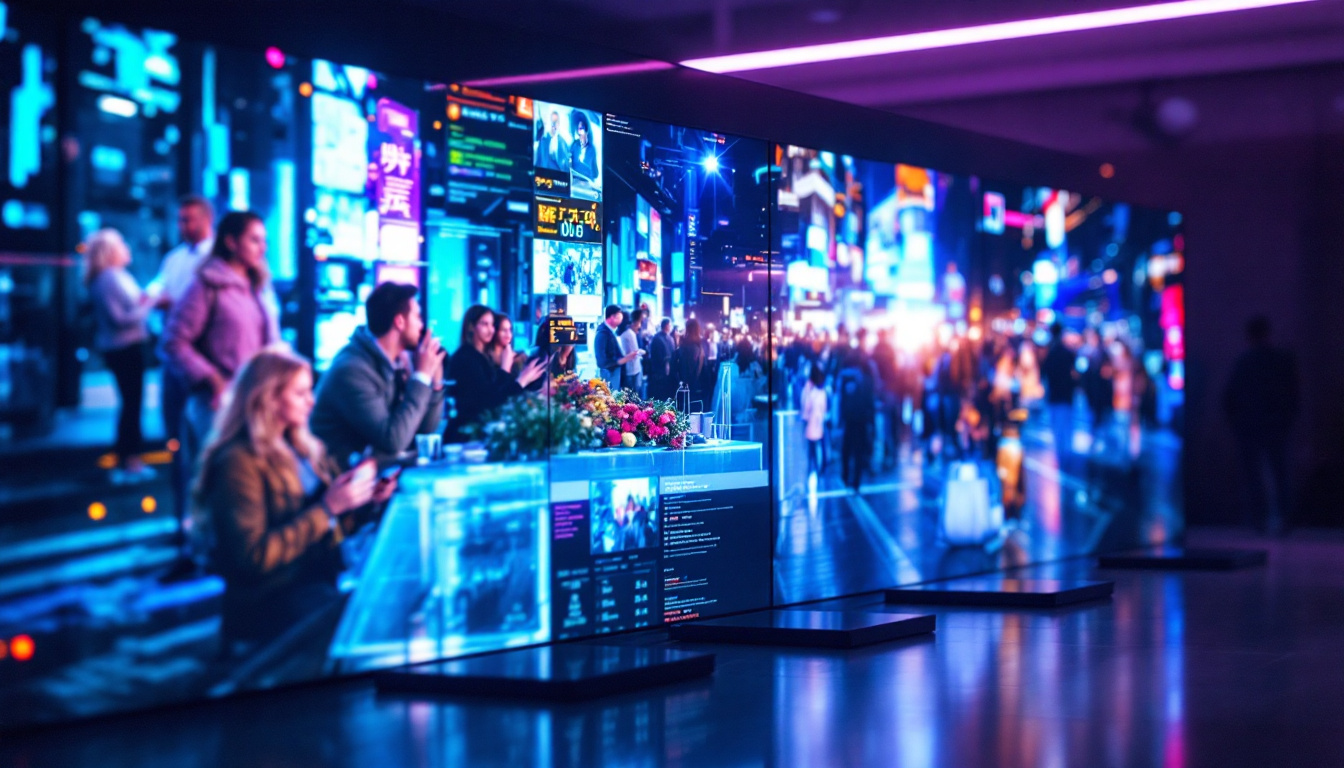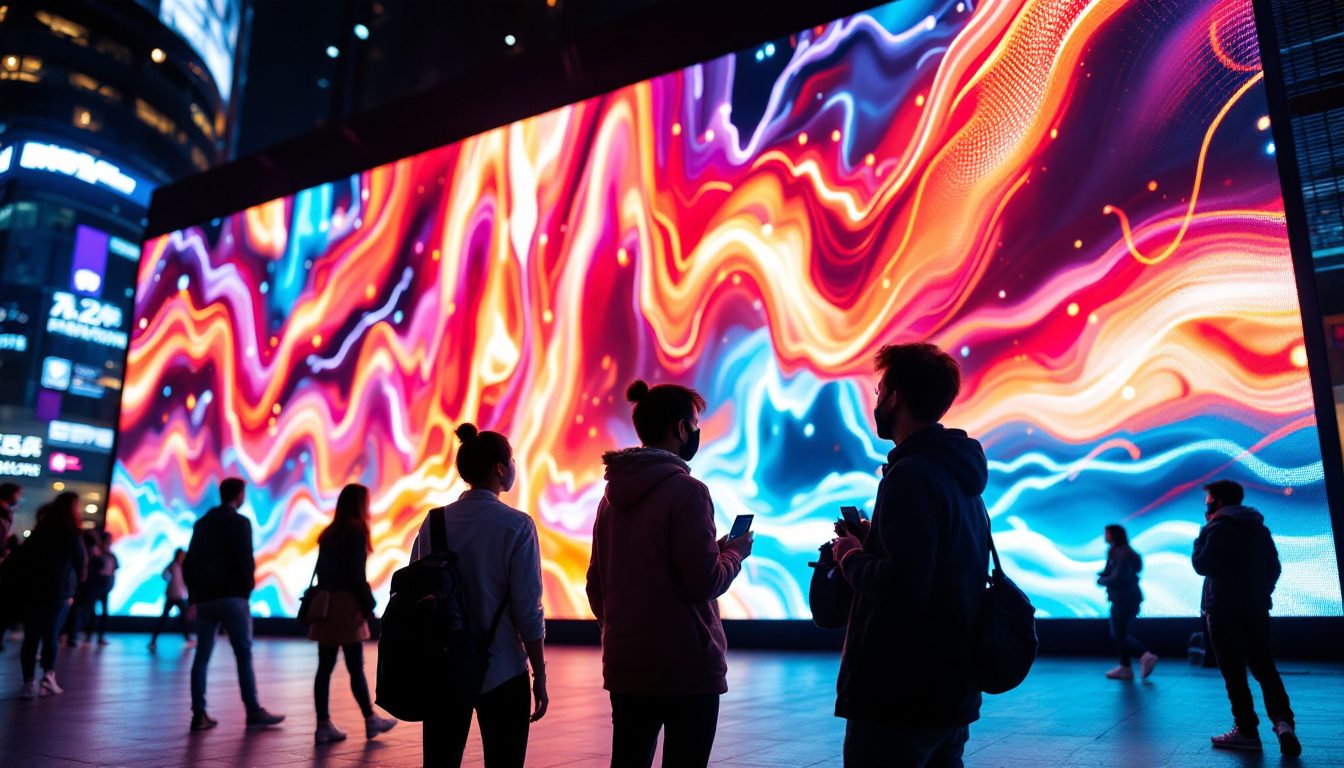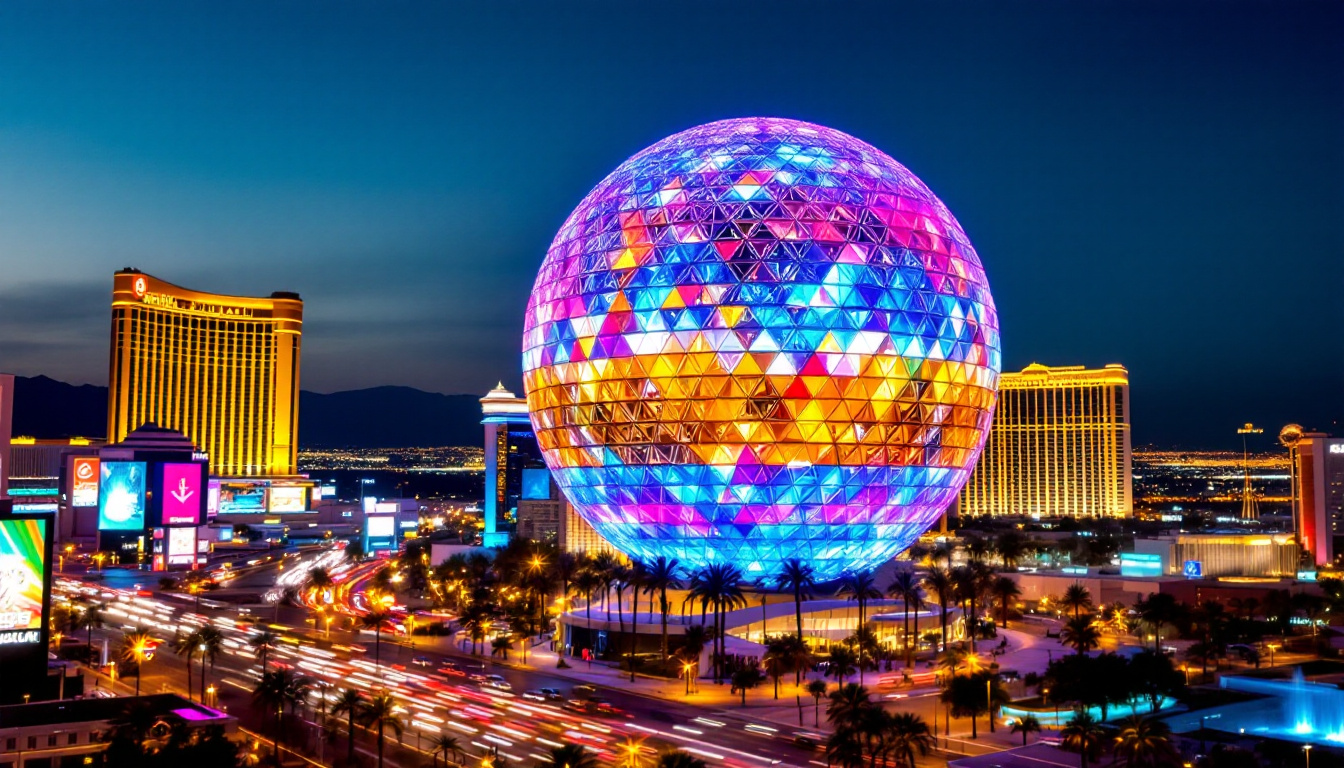In the realm of visual technology, the contrast ratio of a display is a critical factor that influences the overall viewing experience. The term “contrast ratio” refers to the difference in luminance between the brightest white and the darkest black that a display can produce. A contrast ratio of 127:1 indicates a significant capability of the display to render images with depth and clarity. This article delves into the intricacies of LED displays, the significance of contrast ratios, and how a 127:1 ratio affects image quality.
Understanding Contrast Ratio
The contrast ratio is a fundamental specification for any display technology, whether it be LED, LCD, or OLED. It is typically expressed as a ratio, such as 127:1, where the first number represents the luminance of the brightest white, and the second number indicates the luminance of the darkest black. A higher contrast ratio generally means a better ability to distinguish between different shades and colors, leading to a more vibrant and immersive viewing experience.
How Contrast Ratio is Measured
Measuring contrast ratio involves using specialized equipment to assess the brightness of white and black images displayed on the screen. The measurement is usually taken in a controlled environment to eliminate any external light interference. The resulting ratio provides a numerical value that can be used to compare different displays.
For instance, a display with a contrast ratio of 127:1 can produce whites that are 127 times brighter than its darkest blacks. This means that the display is capable of showing a range of colors and shades that can enhance the overall image quality. However, it is essential to note that the perceived contrast can also be influenced by ambient lighting conditions and the viewer’s distance from the screen. Factors such as the angle of view can also play a significant role; many modern displays employ technologies like IPS (In-Plane Switching) to maintain consistent color and contrast from various angles, which is particularly important in multi-user settings.
The Importance of High Contrast Ratios
A high contrast ratio is essential for various applications, including gaming, graphic design, and video editing. In these scenarios, the ability to see subtle differences in color and brightness can significantly impact the user’s experience. For example, in gaming, a higher contrast ratio allows players to distinguish between dark shadows and bright highlights, enhancing gameplay and immersion.
Moreover, in professional settings such as graphic design, accurate color representation is crucial. Designers rely on high contrast ratios to ensure that their work appears as intended across different platforms and devices. A display with a low contrast ratio may lead to color inaccuracies, which can be detrimental to the final product. Furthermore, in fields like photography and video production, where color grading is an essential part of the workflow, a display with a superior contrast ratio allows professionals to make precise adjustments, ensuring that the final output reflects their creative vision. The importance of contrast ratio extends beyond just aesthetics; it can also affect eye strain and fatigue during prolonged use, making it a vital consideration for both casual users and professionals alike.
LED Displays: A Brief Overview
LED (Light Emitting Diode) displays have become increasingly popular due to their energy efficiency, brightness, and versatility. Unlike traditional LCD displays, which use a backlight to illuminate the screen, LED displays utilize individual diodes to produce light. This technology allows for greater control over brightness and color, resulting in improved image quality.
Advantages of LED Technology
One of the primary advantages of LED displays is their ability to achieve higher brightness levels compared to other display technologies. This feature makes them particularly suitable for use in well-lit environments, such as offices and outdoor settings. Additionally, LED displays are known for their energy efficiency, consuming less power while providing superior image quality.
Furthermore, LED technology allows for thinner and lighter displays, facilitating easier installation and integration into various environments. This versatility has led to their widespread adoption in televisions, computer monitors, and digital signage.
Limitations of LED Displays
Despite their many advantages, LED displays are not without limitations. One notable drawback is the potential for color shifting when viewed from different angles. This phenomenon can affect the overall image quality, particularly in larger displays where viewers may be positioned at various angles.
Additionally, while LED displays can achieve impressive contrast ratios, they may still fall short when compared to OLED displays, which can produce true blacks due to their ability to turn off individual pixels. As a result, while LED displays with a contrast ratio of 127:1 offer excellent performance, they may not match the depth of color and contrast seen in higher-end OLED models.
Impact of a 127:1 Contrast Ratio on Image Quality
A contrast ratio of 127:1 is indicative of a display that can deliver a satisfactory viewing experience for most applications. However, understanding how this ratio translates into real-world image quality is essential for consumers and professionals alike.
Real-World Applications
In practical terms, a 127:1 contrast ratio allows for decent differentiation between light and dark elements in images. For casual viewing, such as watching movies or playing video games, this level of contrast is generally acceptable. It provides enough depth to make images visually appealing without overwhelming the viewer.
However, for professional applications like photo editing or graphic design, a higher contrast ratio may be preferable. Professionals in these fields often require displays that can reproduce a broader range of colors and shades accurately. While a 127:1 contrast ratio can suffice for general tasks, those seeking precision may opt for displays with higher specifications.
Comparing Contrast Ratios
When comparing contrast ratios, it is crucial to consider the context in which the display will be used. A contrast ratio of 127:1 may be more than adequate for everyday tasks, but for high-end gaming or professional content creation, displays with ratios of 1000:1 or higher might be more suitable. Such displays can provide deeper blacks and more vibrant colors, enhancing the overall experience.
Ultimately, the choice of display should align with the user’s specific needs and preferences. While a 127:1 contrast ratio offers a good balance for many applications, those who prioritize image quality may need to explore options with higher contrast ratios.
Choosing the Right Display
When selecting a display, several factors should be considered beyond just the contrast ratio. The intended use, environment, and personal preferences all play a significant role in determining the best option.
Consider the Intended Use
Understanding the primary purpose of the display is crucial. For gaming enthusiasts, features such as refresh rate, response time, and input lag may take precedence over contrast ratio. Conversely, graphic designers may prioritize color accuracy and contrast to ensure their work is represented accurately.
In environments with varying lighting conditions, such as offices or living rooms, a display’s brightness and anti-glare features may also be important considerations. A display with a higher brightness level can perform better in well-lit spaces, while anti-glare coatings can reduce reflections and improve visibility.
Evaluate Your Environment
The environment in which the display will be used can significantly impact its performance. For instance, a display used in a dark room may benefit from a higher contrast ratio, while one used in a bright room may require higher brightness levels to remain visible. Understanding the lighting conditions and viewing angles can help inform the choice of display technology.
Additionally, the size of the display should be considered. Larger screens may require higher contrast ratios to maintain image quality across the entire surface area. A smaller display may not need as high a contrast ratio to achieve a satisfactory viewing experience.
Future of Display Technology
As technology continues to evolve, the future of display technology looks promising. Innovations in LED technology, such as Mini-LED and MicroLED, are paving the way for even better contrast ratios and image quality. These advancements aim to provide deeper blacks, brighter whites, and a broader color gamut, enhancing the overall viewing experience.
Emerging Technologies
Mini-LED technology utilizes smaller LEDs to create a more precise backlighting system, allowing for improved local dimming and contrast. This technology can achieve higher contrast ratios than traditional LED displays, making it an attractive option for consumers seeking superior image quality.
MicroLED technology takes this a step further by eliminating the need for a backlight altogether. Each pixel in a MicroLED display emits its own light, resulting in true blacks and vibrant colors. As this technology matures, it may redefine the standards for contrast ratios and overall display performance.
Consumer Awareness and Education
As display technology advances, consumer awareness and education will play a vital role in guiding purchasing decisions. Understanding specifications such as contrast ratio, brightness, and color accuracy will empower consumers to make informed choices that align with their needs.
Manufacturers and retailers also have a responsibility to provide clear and accurate information regarding display specifications. By promoting transparency and education, they can help consumers navigate the complex landscape of display technology and find the best options for their unique requirements.
Conclusion
The contrast ratio of a display, particularly one rated at 127:1, is an essential aspect that influences image quality and overall user experience. While this ratio is suitable for many applications, understanding the specific needs and preferences of the user is crucial for making an informed decision.
As technology continues to evolve, the future of display technology promises even greater advancements in contrast ratios and image quality. By staying informed and considering various factors beyond just contrast ratio, consumers can select displays that meet their needs and enhance their viewing experiences.
Ultimately, whether for gaming, professional work, or casual viewing, understanding the nuances of contrast ratios and display technology will empower users to make choices that lead to a more satisfying visual experience.
Discover LumenMatrix’s Advanced LED Displays
Ready to experience the pinnacle of LED display technology? LumenMatrix offers a comprehensive range of innovative LED display solutions tailored to elevate your visual experience. From immersive Indoor LED Walls to dynamic Outdoor LED Displays, and from versatile Vehicle LED Displays to eye-catching LED Posters, our products are designed to captivate and engage. Whether you’re looking to enhance a sports event with our LED Sports Displays, add flair with a Floor LED Display, or require a Custom or All-in-One LED Display solution, LumenMatrix has you covered. Embrace the future of visual communication with our LED Transparent Displays and revolutionize how you connect with your audience. Check out LumenMatrix LED Display Solutions and transform your space into a vibrant canvas of possibilities.

